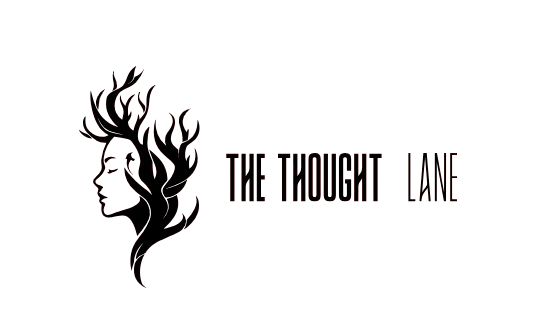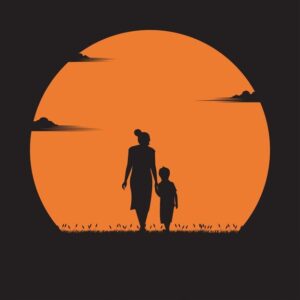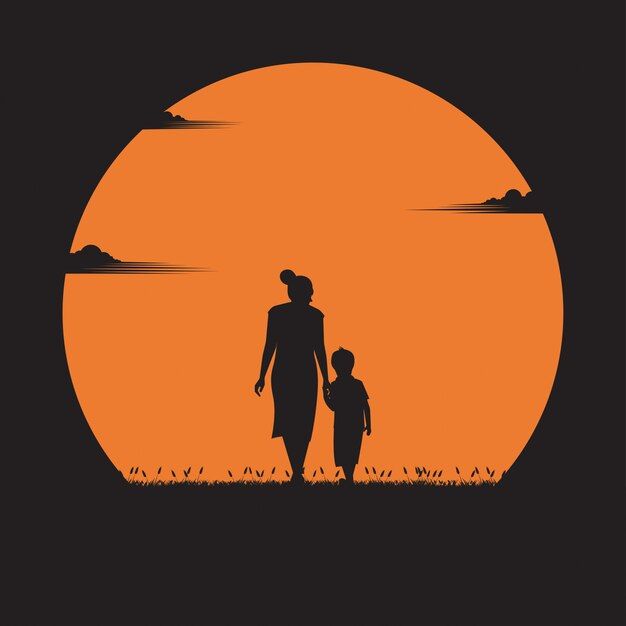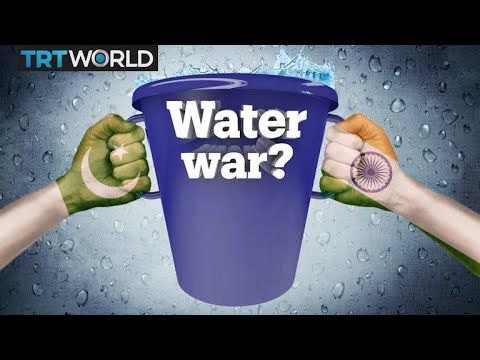Though YouTube itself wasn’t created until 2005, the seeds of online video sharing were planted in the 20th century. As television evolved and video technology became more accessible, people began recording and sharing home videos, TV shows, and special events. The introduction of VHS tapes in the 1980s gave rise to a new wave of video culture, with people recording everything from family moments to major global events.
In the late 1990s, as the internet grew, people started experimenting with sharing short video clips online, though slow internet speeds made it a challenge. This paved the way for platforms like YouTube, which would come to revolutionize the way we share videos — a natural evolution from the early 20th-century passion for video and broadcast entertainment.
By the time YouTube launched, it was ready to tap into a culture that was already hungry for video content. Thanks to the groundwork laid in the previous decades, YouTube quickly became a global phenomenon, transforming the internet into an entertainment hub where anyone could share their creativity, stories, and ideas.
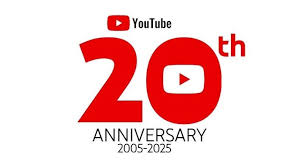
From VHS to YouTube: The Video Revolution of the 20th Century
Imagine a time when sharing videos online was just a distant dream — and then picture the 20th century as the spark that ignited this digital revolution. Long before YouTube came to life in 2005, the 20th century laid the groundwork for what would become the video-sharing phenomenon we know today.
YouTube
It all started with VHS tapes in the 1980s — remember those bulky things? People began recording everything from family moments to iconic TV shows and movies. The magic of video quickly spread, with homemade documentaries, concerts, and news events becoming common, especially with the rise of home video recording. Everyone had a camera, and everyone had something to say.
As the internet evolved in the 1990s, the dream of sharing videos across the world started to feel more real. Slow connections made it difficult, but the idea was in the air — people uploaded clips, snippets, and homemade creations to sites that were the precursors to YouTube.
Then came YouTube. Born from the 20th century’s love for video content, it wasn’t just about sharing films or TV shows; it was about democratizing creativity. Suddenly, anyone with a camera and an idea could upload their videos, from viral cats to groundbreaking DIY tutorials.
The 20th century may not have had YouTube, but it gave us everything we needed to make it happen — and boy, did it take off! YouTube became more than just a site — it became a culture, and the digital age owes a lot to those early home videos and the passion for sharing stories that started in living rooms and on VHS.
